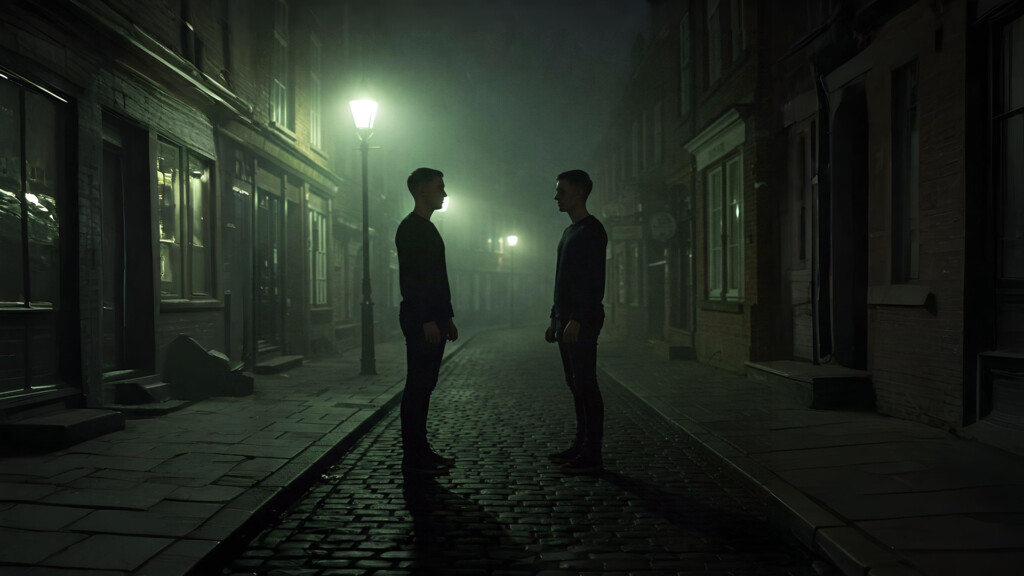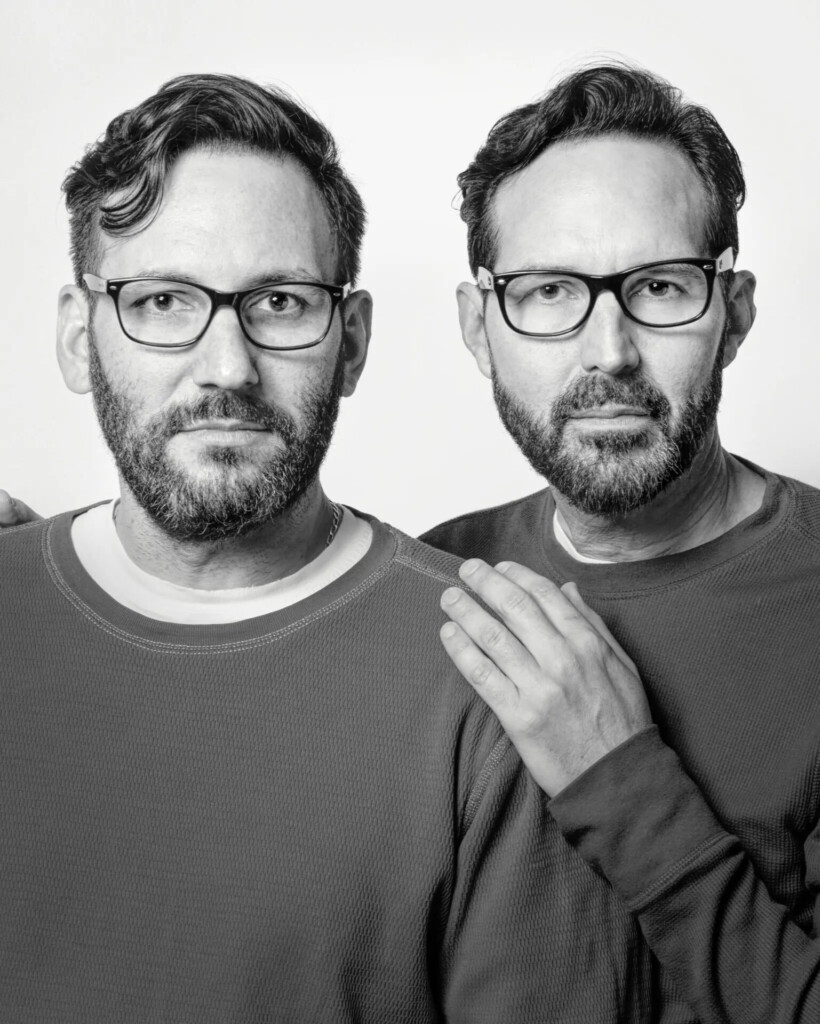Have you ever frozen in place upon seeing someone who looks exactly like you—yet they’re neither a relative nor a long-lost twin? This isn’t just folklore; it’s a scientific mystery that remains unsolved.

What Are the Mysteries of the Doppelgänger?
“Doppelgänger” is a German term meaning “double walker,” referring to an individual who encounters a perfect lookalike with no blood relation.
In spiritual folklore, doppelgängers are often considered omens of misfortune, even messengers of death. It is believed that if someone sees their own double, they may be on the brink of a tragedy or imminent death. Is this the truth, or merely a legend woven through centuries?
Have You Ever Seen Yourself?
Imagine strolling down the street when suddenly—you freeze. Someone who looks exactly like you is walking towards you. That feeling? A mix of awe, eeriness, and maybe even a bit of… excitement.
But in reality, the odds of meeting an exact duplicate are incredibly low.
A study from the University of Adelaide (Australia) calculated that the probability of two people having eight identical facial features is 1 in 1 trillion. However, with the world’s population exceeding 8 billion, finding “imperfect doubles” isn’t impossible.
One of the most famous doppelgänger stories comes from Washington in Lincoln’s Time (1895), an American account:
“In 1860, Abraham Lincoln looked into a mirror and saw two faces—one was his own, the other pale as a corpse. When he shared this with his wife, Mary Todd Lincoln, she believed it was a bad omen. And she was right—Lincoln won his re-election in 1864, but he wouldn’t live to see the end of his second term.”
True enough, Lincoln was assassinated less than a year after his re-election.
Another chilling case is that of Percy Bysshe Shelley, the English poet. He once claimed to have seen his doppelgänger on a beach, pointing toward the sea as if foretelling something. A few days later, in 1822, he drowned in a shipwreck, turning his sighting into one of the most haunting doppelgänger legends.
What Does Science Say?
Lincoln’s case might have a scientific explanation. A 2014 study by neuroscientist Giovanni Caputo (University of Urbino, Italy) found that staring into a mirror in dim light can trigger mirror hallucinations. The Troxler effect causes facial features to distort or reveal phantom images, especially when someone is stressed or exhausted.
Some scientists suggest neurological disorders could explain doppelgänger sightings. Patients with Charles Bonnet Syndrome (CBS)—common among the elderly or those with visual impairments—sometimes see vivid hallucinations of faces. Similarly, heautoscopy, a rare identity disorder, makes people believe they see their own duplicate, often occurring during extreme fatigue or psychological distress.
But while science can explain some doppelgänger encounters, François Brunelle’s I’m Not a Look-Alike! project raises more questions. This photography project documents hundreds of unrelated doppelgängers, including a striking pair—Michael Malone and Charlie Chasen from the U.S. (as reported by The New York Times). They resemble each other so much that they’re frequently mistaken for one another, despite having no genetic link. This makes us wonder: Is nature repeating a pattern?

Could doppelgängers be a rare neurological condition? Or are they proof of parallel universes colliding, where two versions of the same person accidentally meet?
Do You Have a Doppelgänger?
The answer: Maybe—but not in the way movies or folklore suggest.
Every face is a combination of thousands of genetic factors. Yet, because human DNA has a finite number of variations, over time, some facial structures inevitably repeat. However, finding an exact copy—your true doppelgänger—remains an incredibly rare event.
So, if one day you come across someone who looks eerily like you, what would you do? Would you walk up and start an interesting conversation? Who knows, you might have just found a long-lost sibling—or… a spooky doppelgänger from a parallel universe.
But today, doppelgängers aren’t just appearing in real life. Artificial intelligence is now creating digital doubles with terrifying accuracy. Deepfake technology can replicate voices, expressions, and even entire identities.
So, what’s scarier: a flesh-and-blood doppelgänger, or an AI twin beyond your control?
